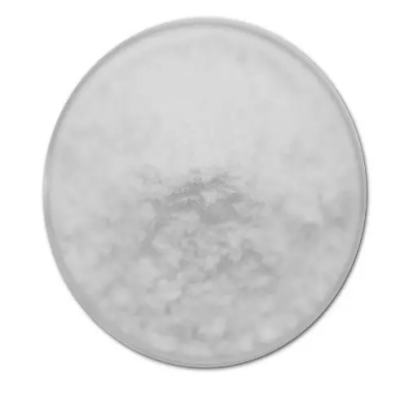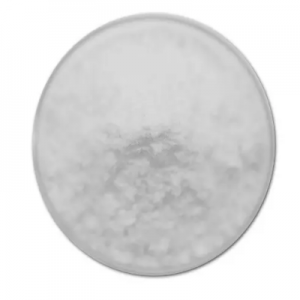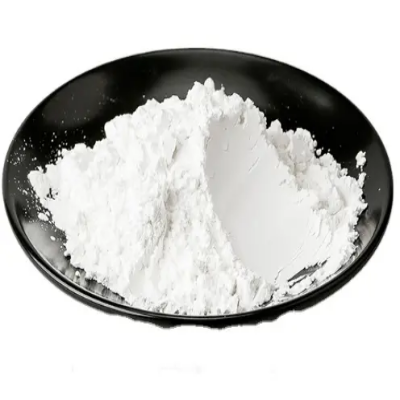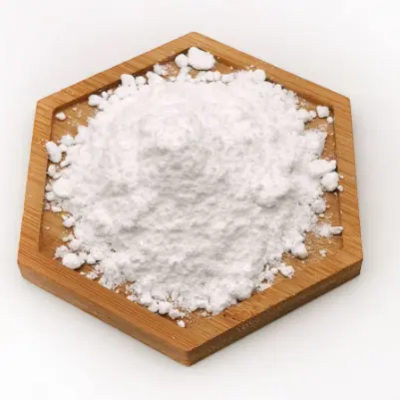9-(Biphenyl-3-yl)-3-(4,4,5,5-tetraMethyl-1,3,2-dioxaborolan-2-yl)-9H-carbazole CAS:1533406-38-0
The compound 9-(Biphenyl-3-yl)-3-(4,4,5,5-tetramethyl-1,3,2-dioxaborolan-2-yl)-9H-carbazole serves various roles across scientific disciplines, owing to its unique properties. In organic synthesis, it acts as a valuable building block for constructing complex organic molecules. Its tetramethyl-dioxaborolane functionality enables it to participate in Suzuki-Miyaura cross-coupling reactions, facilitating the formation of carbon-carbon bonds and the synthesis of diverse functionalized compounds. Additionally, its structural features make it a suitable candidate for the development of new materials and pharmaceutical intermediates. In the field of materials science, 9-(Biphenyl-3-yl)-3-(4,4,5,5-tetramethyl-1,3,2-dioxaborolan-2-yl)-9H-carbazole finds use in the design and fabrication of organic semiconductors and optoelectronic materials. The presence of the carbazole core and biphenyl substituents contributes to its electronic and photophysical properties, making it suitable for applications in organic light-emitting diodes (OLEDs), organic field-effect transistors (OFETs), and other electronic devices. Furthermore, its ability to be incorporated into conjugated polymers and small-molecule organic semiconductors enables the development of materials with tailored optoelectronic characteristics and solid-state performance. Moreover, the compound's potential as a host material for phosphorescent organic light-emitting diodes (PHOLEDs) and its electron-transporting properties make it an essential component in the advancement of next-generation display and lighting technologies. Additionally, its application in photovoltaic devices and organic solar cells highlights its significance in the sustainable energy sector and the development of efficient, solution-processable materials for energy harvesting and conversion. Furthermore, 9-(Biphenyl-3-yl)-3-(4,4,5,5-tetramethyl-1,3,2-dioxaborolan-2-yl)-9H-carbazole may find utility in chemical sensing applications, where its structural components enable selective recognition and binding of specific analytes, contributing to advancements in sensors and detection systems. Overall, the compound's multifaceted properties and potential applications underscore its significance as a versatile material with broad-reaching implications for scientific research and technological advancements in fields such as organic synthesis, materials science, optoelectronics, and chemical sensing.
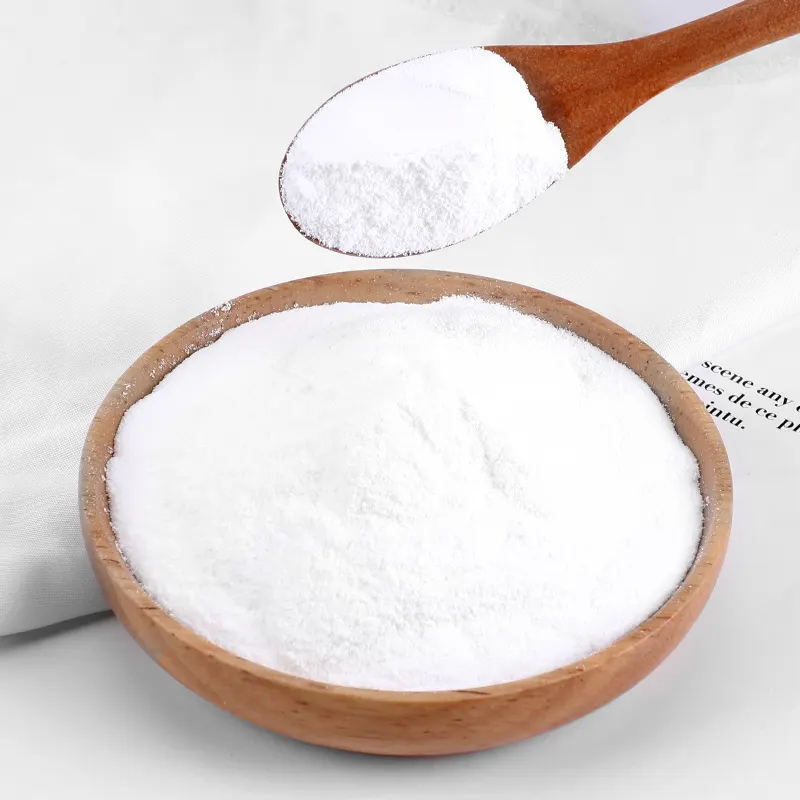
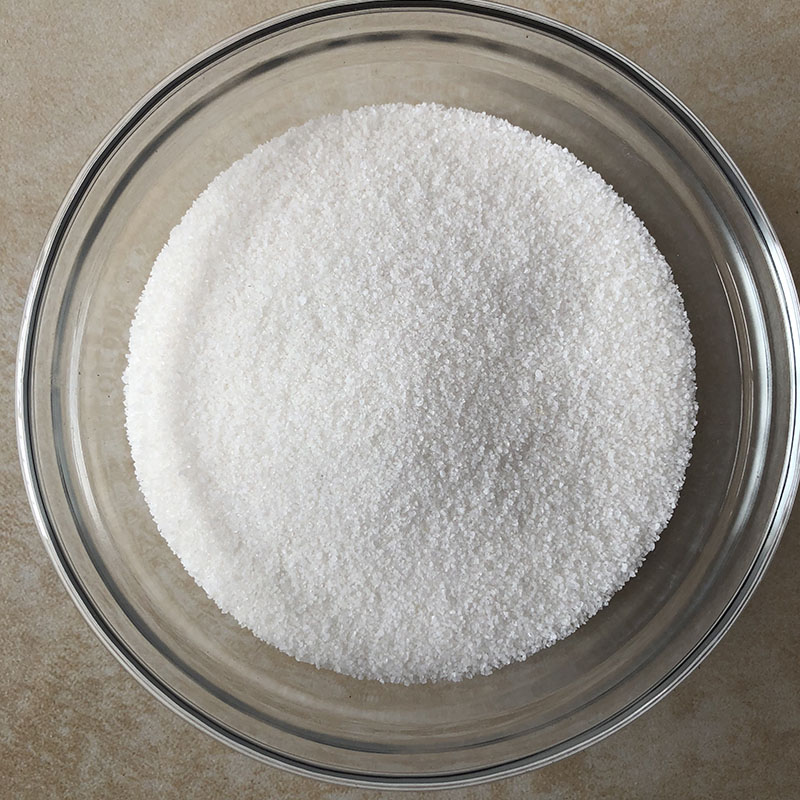
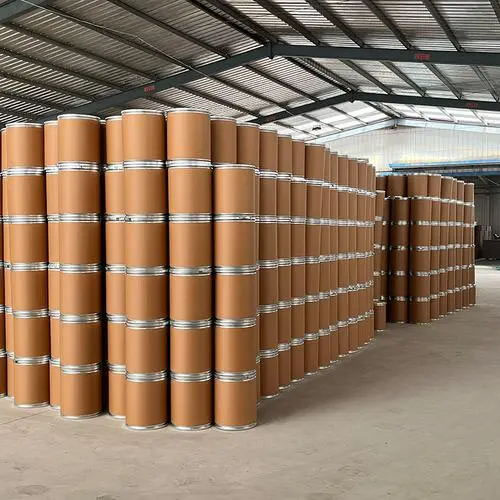
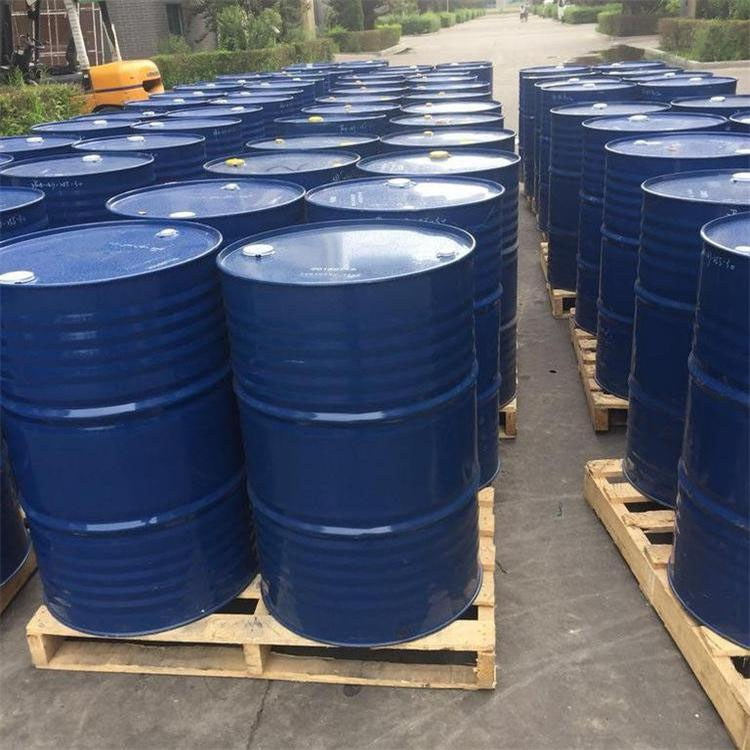


| Composition | C37H33BO2N |
| Assay | 99% |
| Appearance | white powder |
| CAS No. | 1533406-38-0 |
| Packing | Small and bulk |
| Shelf Life | 2 years |
| Storage | Store in cool and dry area |
| Certification | ISO. |


